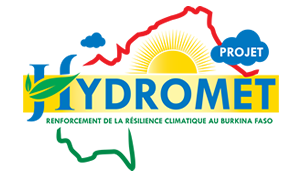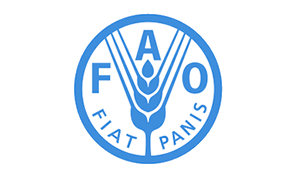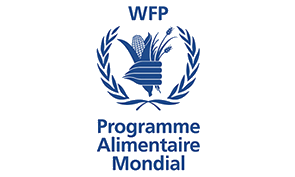Analysis of data from the Sanito-nutritional Survey of the 2006-2007 Permanent Agricultural Survey
As part of the monitoring and early warning program (SAP), the General Directorate of Forecasts and Agricultural Statistics (DGPSA) with the support of the PAMIR project (sustainable development and fight against poverty in rural areas – food security component ) financed by the French Ministry of Foreign Affairs, has initiated a collection of health and nutritional data integrated into the Permanent Agricultural Survey (EPA) since 2004.
In accordance with this program, the EPA for the 2006-2007 campaign was conducted in August 2006. The sanitary-nutritional data collected during this survey are analyzed and presented in this report. This analysis aimed across Burkina Faso to trace the phenomenon of malnutrition in space and time. It also aimed to understand the potential complex links between food and nutrition security capable of influencing the nutritional status of children and the population in general.
To do this, the MUACs of children 6-59 months old were measured and expressed as an “MUAC z-score for age” to identify malnourished children. In fact, compared to the reference population, (NCHS / CDC, 1978) children whose MUAC z-score for age was <-2 are considered to be malnourished.
Thus, malnutrition affected 14.4% of children, a prevalence in marked decline compared to that observed during the EPA of December 2005. Malnourished children were mainly recruited from the youngest, males having suffered two weeks more. early disease. In addition, malnutrition was also linked to child nutrition practices, but not directly linked to household poverty. This apparent contradiction with the work showing the link between the socioeconomic situation of populations and the nutritional status of their children seems to have more to do with the way this information is collected; too subjective which would benefit from being systematized. MUAC more indicative of a likely malnourished being should be compared with the measurement of children’s weight and height in order to assess its predictive strength of malnutrition in our context. To make it more useful in an early warning system for food insecurity, it would also be important to take into account the “food practices” component in order to make it possible to define a threshold capable very early on of a situation. food vulnerability of populations.







